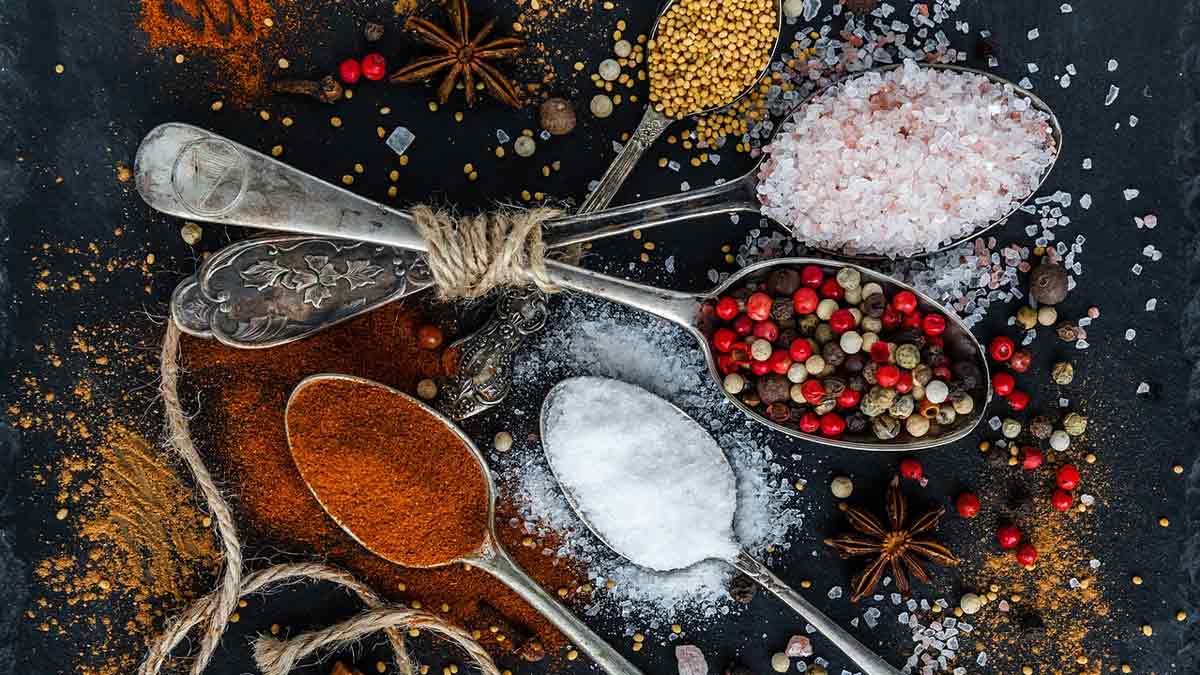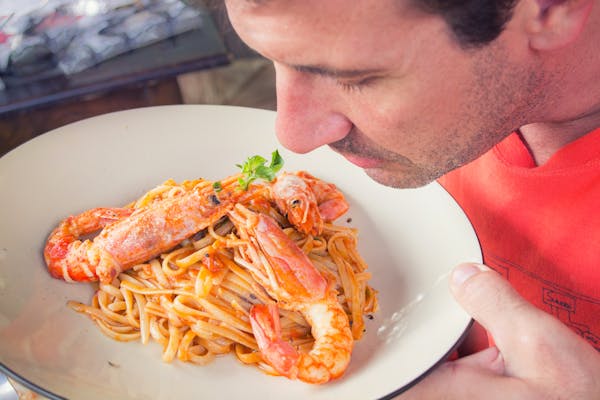
The Principles of Flavoring Food
The judicious use of flavorings and seasonings transforms raw ingredients such as beef chuck into the aromatic stew boeuf Bourguignon or plain noodles into a fragrant bowl of pasta with pesto sauce. Mastery of flavoring and seasoning foods is the hallmark of a true culinary professional.
Building a professional taste memory and understanding of flavors starts with smell. The smell is processed by an area adjacent to the part of the brain responsible for storing long-term memories. This is why a smell can trigger memories from your past. Use smell to refine your palate by sniffing everything while you’re cooking.

When you open a bottle of packaged spices or oil or cut into a vegetable or fruit, close your eyes for a moment and breathe in the aroma. Pause while eating to let the aroma in your nasal passages blend with the taste buds on your tongue so your brain can store the experience. The following guidelines are also helpful in building your palate:
- Start with simple combinations of ingredients until you build your knowledge and understand how flavors and ingredients interact.
- Whenever possible, select fresh foods that are in season. During transportation and storage, foods can lose moisture, nutrients, and volatile aromas.
- Match the flavoring used to both the ingredient and cooking technique. Cooking techniques affect the appearance, aroma, taste, and texture of foods. Techniques such as roasting and caramelizing intensify flavors while boiling and blanching may dilute them.
- Preparation techniques also impact the flavor of foods. The size of the cut affects the perception of the taste and texture of a vegetable, for example. Depending on how long they are cooked, vegetables cut into small pieces absorb more flavors in a dish than larger cuts.